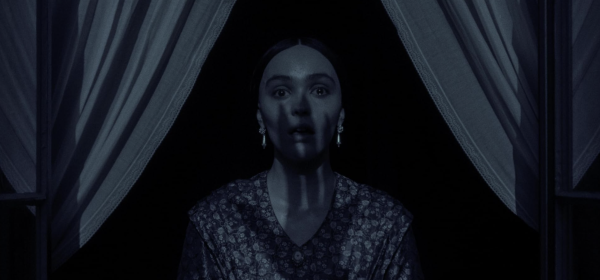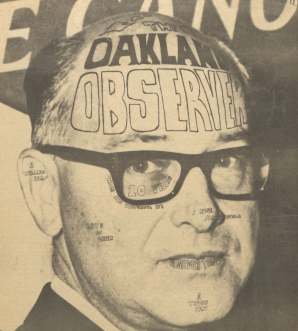Shedding light on seasonal depression
By Stacie L. Bartman
Staff Intern
Winter is here, the days are shorter and more people are experiencing seasonal depression—and some don’t even know it.
Seasonal Affective Disorder (SAD) is a depressive mood disorder caused by reduced exposure to sunlight.
“Most of the time, the signs and symptoms of SAD appear during the winter and recede during the spring and summer,” said Dr. James Franklin, psychologist at Oakland University Graham Health and Counseling Center.
Steve Miller, a junior psychology major said that he feels “more lazy when it’s cold out like this.”
Signs and symptoms of SAD, according to Franklin, include depressed mood, loss of interest, weight loss (or other weight or appetite changes); insomnia or hypersomnia, agitation, fatigue, feelings of worthlessness or guilt, impaired concentration and suicidal thinking or behavior.
According to a research study on SAD done at the Mayo Clinic, a not-for-profit medical practice dedicated to the diagnosis and treatment of complex illnesses, “The specific cause of seasonal affective disorder remains unknown.”
Some studies done at the Mayo Clinic have shown that it could be genetics, age and most importantly, the body’s natural makeup.
“Studies have estimated a prevalence of around 10 percent for SAD among patients with mood disorders.” Franklin said.
“Most people experience some days when they feel down.” Franklin said. “But if you feel down for days at a time and life seems to be losing its pleasure, see your doctor or mental health professional.”
“This is particularly important if you notice that your sleep patterns and appetite have changed and certainly so if you think about suicide,” he said.
Sophomore pre-pharmacy major Mary Orczykowski said she has personally experienced SAD-type symptoms. “First semester I was able to balance everything, now I don’t know why it seems harder.”
Researchers suspect that the reduced sunlight may be disruptive to circadian rhythms. These rhythms “regulate your body’s internal clock which lets you know when it’s time to wake up,” according to Franklin.
“Some scientists have theorized that melatonin, a sleep-related hormone that’s also linked to depression, might be the cause. Production of melatonin increases during the long nights of winter,” he added.
Light therapy boxes, which expose patients a full light spectrum, are used to help stimulate melatonin, according to the University of Chicago, and benefits are seen typically within a week of use. Consult a medical professional before use to make sure it is the right treatment for you.
“Be mindful on light therapy and get only what is recommended,” said Dr. David Schwartz, Psychologist at Oakland University Graham Health and Counseling Center. He added that tanning booths are not a good idea because of the risks of skin cancer.
In addition to melatonin and light therapy, Franklin said that “other research suggests that lack of serotonin, a brain chemical that seems to be triggered by sunlight, is the reason for winter depression.”
Studies done at the University of Chicago suggest that latitude and geography have a part in SAD prevalence, affecting approximately two to four percent of the population of Canada, and one to two percent of the U.S. popula-tion depending on geography.
It was also found that women are two to four times more likely than men to experience SAD symptoms.
“When you’re tired and irritable, stress isn’t easy to cope with,” said Orczykowski.
Someone experiencing SAD can also benefit from speaking with a mental health professional, according to Franklin.
“Depression and anxiety are the two things we see students for,” Schwartz said. “When [you] feel stuck it’s a good time to talk to someone.”
Medications can also be used to address SAD. Antidepressants have been proven to decrease symptoms in most patients, according to Franklin.
Some other ways to cope with SAD according to the University of Minnesota Duluth and Franklin are to educate yourself, increase the amount of light in your home, walk outside on sunny days even in the winter and find ways to relax and manage stress.
Schwartz suggested to anyone who thinks they may have some of the symptoms of SAD to “empower yourself, do research and come in to see us.”
For more information on SAD and to see if you are experiencing symptoms, contact the Graham Health and Counseling Center at (248) 370-3465, or see your medical practitioner.







